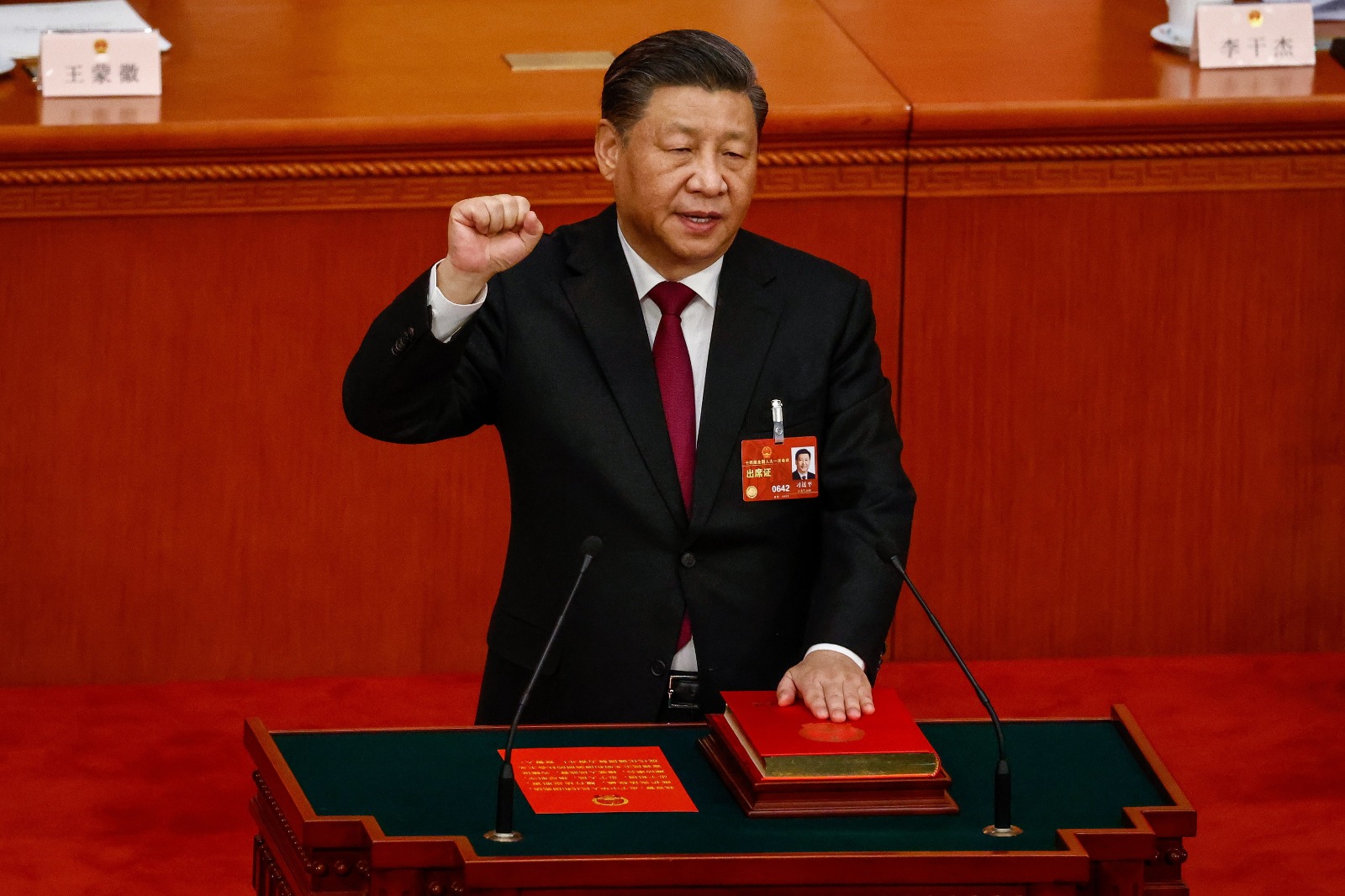
The Stablecoin Debate That Isn’t
Authored by Omid Malekan,
Stablecoins have been in the news lately, thanks to another round of failed legislation, a well-intentioned but poorly-designed analytics dashboard compliments of Visa, and false equivocation by a columnist at the FT.

Meet the wire transfer
Nic Carter just published an epic review of the evolution of academic viewpoints on this topic, demonstrating how things are trending in the right direction. I consider Nic’s essay as a sort of realpolitik of acceptance: places where the industry is making progress because those who thought these coins could never work now concede that they can, and those who’ve been arguing they are dangerous are starting to see the benefits.
I, on the other hand, am as confident as ever that eventually all currencies will be digital and ride some kind of blockchain infrastructure, by which point we’ll just call them…money. The whole “stablecoin” moniker will be forgotten, in the same way that we no longer distinguish between electronic markets and markets. (People used to debate this distinction too).
A lot has changed since I first started making my “stablecoins will take over” argument 6 years ago. As Nic points out, even the skeptics have evolved their thinking. But most people haven’t gone far enough because most people can’t imagine the world being fundamentally different than it is today. Alas, swans required neither permission nor comprehension to be black.
Here are four reasons why a total transformation of money, payments, and banking is inevitable:
1- Tokens are a superior form factor over accounts for a digital economy. Accounts have served us well for millennia but we don’t write things down in physical ledgers anymore and the telegraph is now 200 years old. Tokens offer greater privacy, are more inclusive, can be programmed, and are more functional for machines.
TLDR: You can’t KYC a web server or an AI agent.
2- On a risk-adjusted basis, narrow banking is better for society as the primary saving and payment mechanism than fractional-reserve banking. Maturity transformation was a useful practice for primitive financial systems that didn’t have mature capital markets or other sources of wholesale funding. But it have outlived its usefulness. There are many ways to create credit in a modern economy and traditional banking is but one, the most fragile and dangerous one.
TLDR: An industry that needs to be bailed out regularly is trying to tell you something.
3- The bundling of payments and credit was always a marriage of necessity, not love. People opened checking accounts because they wanted to pay their bills, not to finance somebody else’s mortgage. But they were forced to play that role because levered banking was the only option.
If savers could pay each other with T-bills or shares in a money market fund, they would. Now they can, so they should. Those who argue the unbundling of payments from lending is somehow bad for the economy don’t understand where credit actually comes from. Banks don’t create loans, they intermediate between savers and borrowers. They will always have access to an infinite amount of deposits, at the right price.
TLDR: A financial system designed to benefit one group is unfairly harming another.
4- Money that doesn’t ride the same infrastructure as the things it is traded against is inferior. Today, our money moves via one set of pipes, and literally everything else, from securities to commodities to real estate moves in another. This is a source of risk throughout the economy. It requires large (often too big to fail) intermediaries to connect the plumbing and strong-armed regulators to watch them. Tokenization lets us put the money on the same infrastructure as every other asset and use code to guarantee outcomes.
TLDR: We no longer use copper wires to talk and radio waves to watch video, all media has converged to a single network. Value will too.
Tyler Durden
Wed, 05/08/2024 – 06:30














